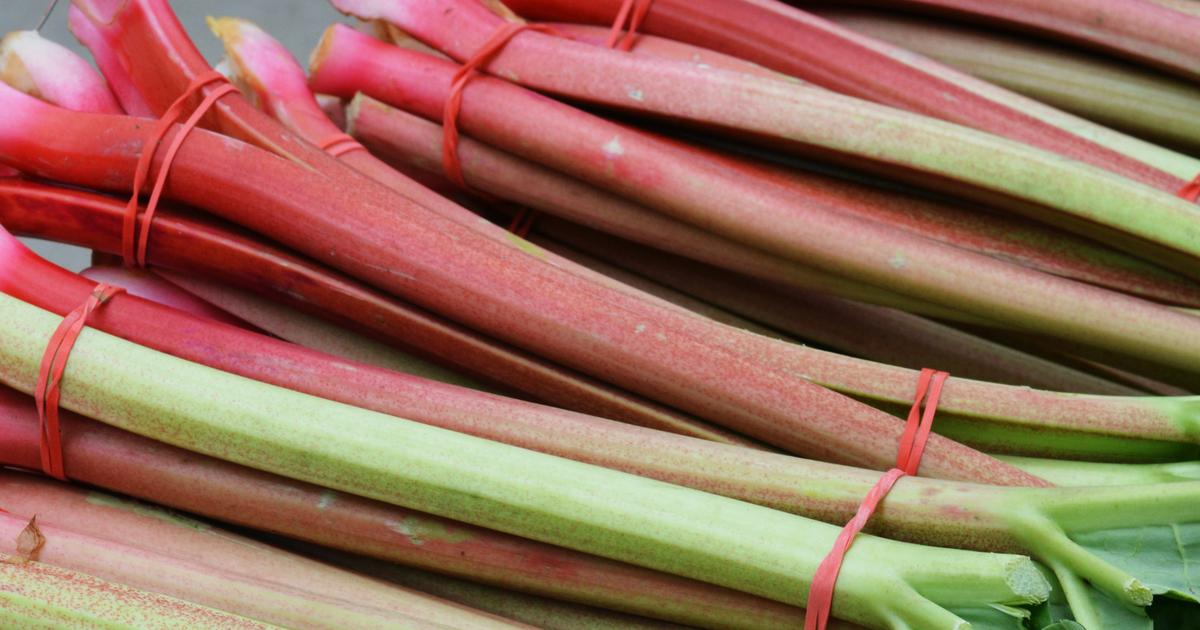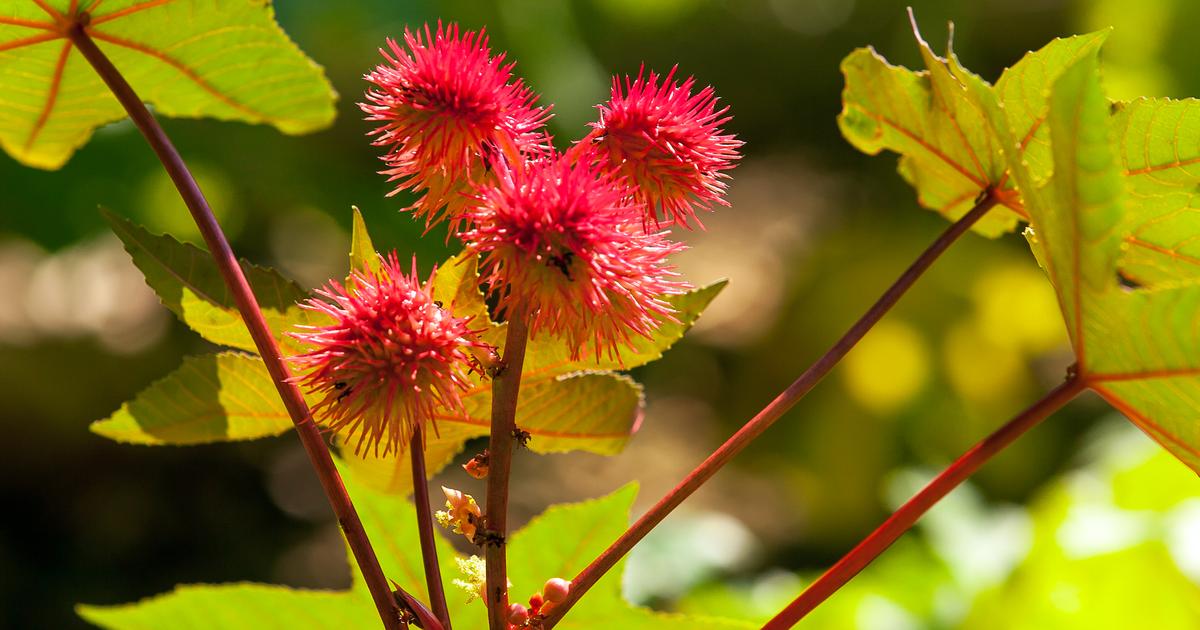Guide To Plants That Are Actually Poisonous
Nowadays, it's very popular to add organic plants to one's diet. There's also a lot of individuals who believe all organic plants are healthier than non-organic foods. However, when gardening at home, cooking, and keeping houseplants, there are some important things to keep in mind. One thing is that plants can be poisonous whether they're organic or not. Some plants can even be deadly to both humans and animals. If an individual is bringing any plant into their home, it's important to be aware of whether it poses potential dangers. And if individuals are adding a new herb or ingredient to their diet, they should always double-check the nutritional science behind it. Just because a plant is organic doesn't mean it's incapable of causing harm.
Learn about some of the plants that are actually poisonous now.
Castor Oil Plant
The castor oil plant was originally found in Africa. The seeds of the plant are used to distill castor oil, but they are also highly poisonous because they contain ricin. This poison is powerful enough to damage animal tissue. If individuals eat just four to eight of these seeds as an adult, the poison will be fatal. Animals and younger children can be killed by even smaller doses. The symptoms of poisoning tend to appear two to four hours following ingestion, but some individuals don't experience any symptoms until up to thirty-six hours following ingestion of the seeds. Ricin poisoning causes an individual's mouth to feel like it's burning. They will also typically experience flu-like symptoms like vomiting, nausea, lethargy, and diarrhea. It only takes a few days for an individual's body to become dehydrated, for their blood pressure to lower, and for them to have reduced urine output. Ricin poisoning tends to kill individuals around three to five days following consumption. Castor oil is traditionally used in medicine for its laxative properties, and some modern cosmetics also use it as an ingredient.
Uncover more poisonous plants now.
Rhubarb

Rhubarb is a spring vegetable that's popular in the Midwest, and it can also be found in dishes throughout the world. Most dishes utilize rhubarb as a fruit, though it's scientifically classified as a vegetable. Before cooking with rhubarb, though, individuals need to be aware of the plant's poisonous properties. The stalks from a rhubarb plant are completely safe for human consumption. Individuals can even eat them before cooking them, though they tend to be bitter. However, rhubarb leaves are exceptionally poisonous. The leaves of this plant are suffused with oxalic acid, which is a poisonous chemical that can be fatal in large doses. Oxalic acid works by binding to the calcium ions found in the blood, causing them to become ineffective. While individuals would need to eat multiple pounds of rhubarb leaves for the oxalic acid levels to become toxic in their body, oxalic acid has been linked to other health problems as well. It can cause interference with the kidneys, including an increased risk of developing kidney stones.
Continue reading to learn more about plants that are actually poisonous now.
